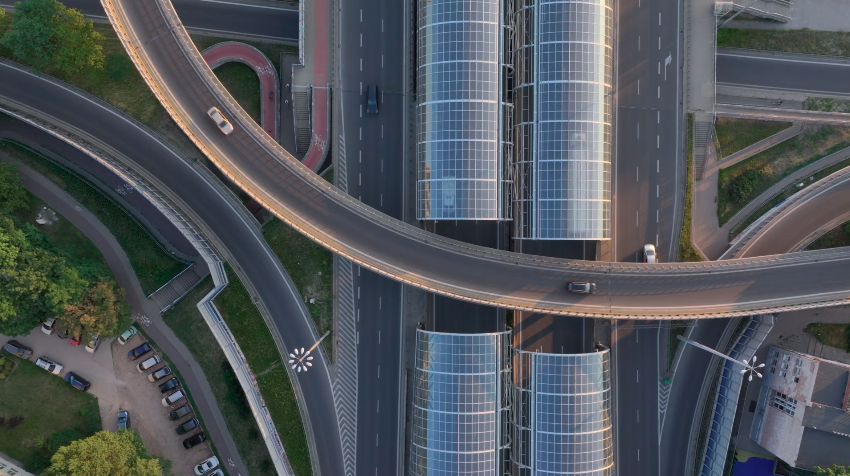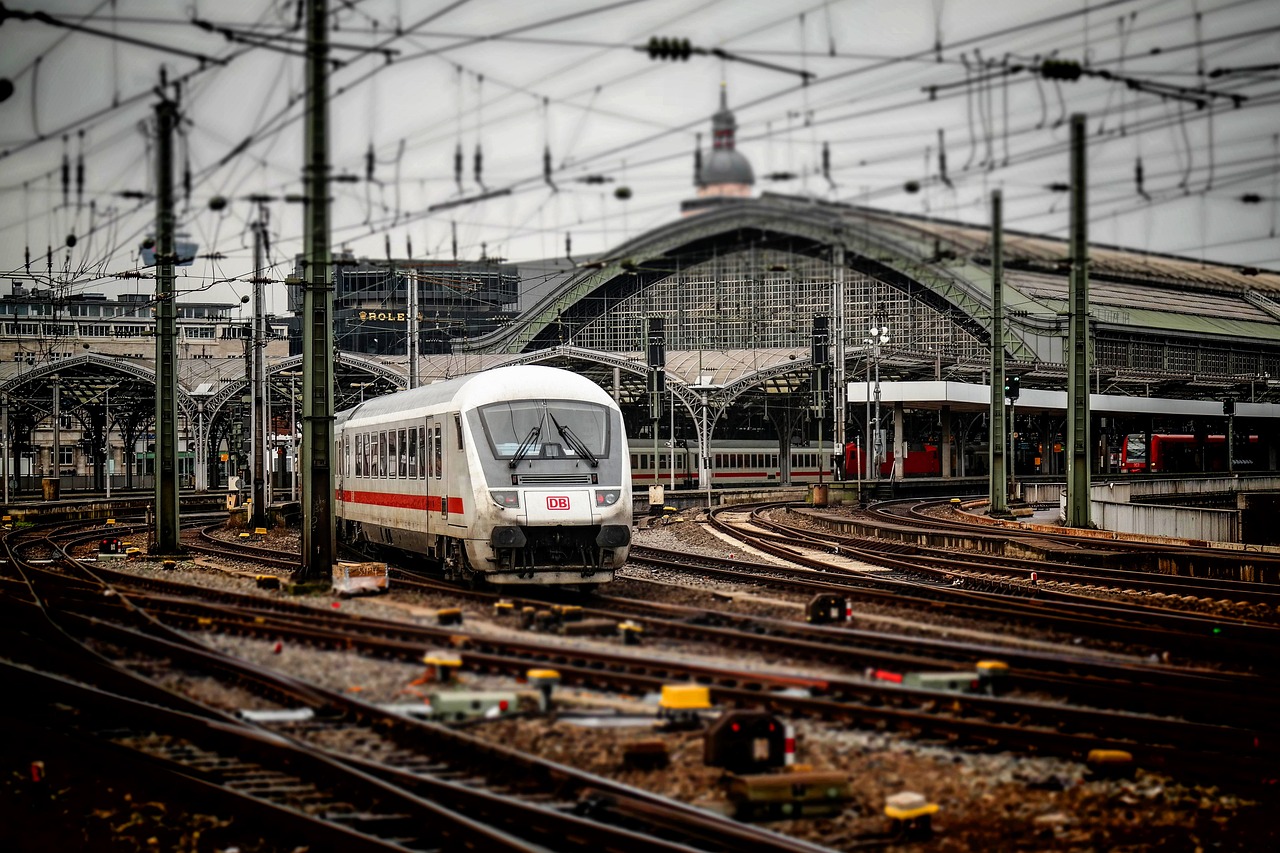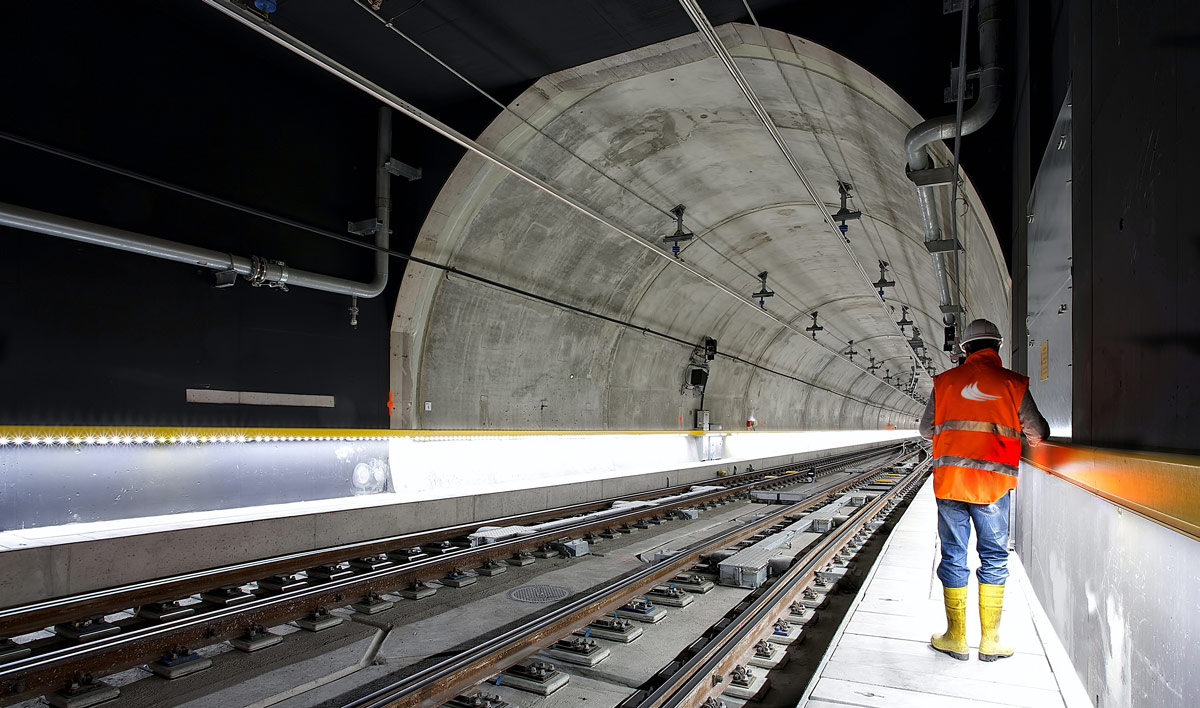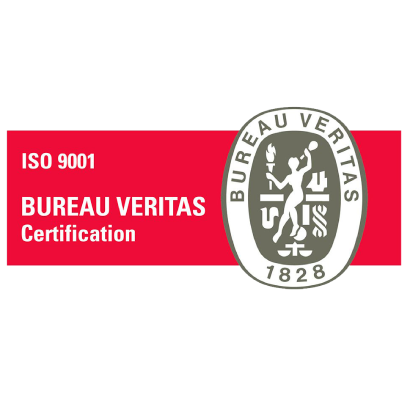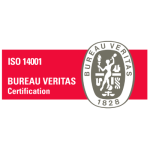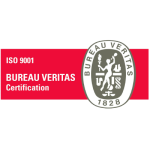Photovoltaic acoustic screens
Photovoltaic Noise Barriers
Photovoltaic noise barriers represent an innovative convergence between technologies that address two fundamental contemporary needs: the reduction of environmental noise and the generation of renewable energy. These structures, designed to be installed on roads, highways or other noisy urban environments, have the ability to absorb unwanted sound while harnessing solar energy to generate electricity.
In their design, these screens integrate photovoltaic panels on their surface, which allows them to convert sunlight into electricity efficiently.
Solar power generation provides a clean, renewable source of electricity. This energy can power local systems, such as road lighting, traffic signals, or even be injected into the electrical grid for general use. In this way, photovoltaic acoustic screens not only offer an immediate benefit in terms of noise reduction, but also contribute to the transition towards a more sustainable and energy efficient future.
In addition to their functional advantages, photovoltaic acoustic screens can also be harmoniously integrated into the urban environment. With aesthetically pleasing designs and the possibility of customization, they can adapt to different urban landscapes, adding aesthetic value in addition to their main functions.
In summary, photovoltaic acoustic screens represent an innovative and versatile solution to address both urban noise and the need for renewable energy. Its ability to effectively combine these two functions is a leading example of how technology can address multiple contemporary challenges in an integrated and sustainable manner.
Photovoltaic Noise Barriers
Photovoltaic noise barriers represent an innovative convergence between technologies that address two fundamental contemporary needs: the reduction of environmental noise and the generation of renewable energy. These structures, designed to be installed on roads, highways or other noisy urban environments, have the ability to absorb unwanted sound while harnessing solar energy to generate electricity.
In their design, these screens integrate photovoltaic panels on their surface, which allows them to convert sunlight into electricity efficiently. At the same time, they are built with porous and absorbent materials that reduce the spread of noise from traffic, industries or any other nearby source.
This multifunctional approach offers a number of significant benefits. Firstly, it actively contributes to the reduction of noise pollution, improving the quality of life in densely populated urban areas. The ability to absorb noise rather than simply reflect it makes these screens especially effective in mitigating the impact of constant vehicular traffic, creating quieter, healthier environments for nearby communities.
On the other hand, solar energy generation provides a clean and renewable source of electricity. This energy can power local systems, such as road lighting, traffic signals, or even be injected into the electrical grid for general use. In this way, photovoltaic acoustic screens not only offer an immediate benefit in terms of noise reduction, but also contribute to the transition towards a more sustainable and energy efficient future.
In addition to their functional advantages, photovoltaic acoustic screens can also be harmoniously integrated into the urban environment. With aesthetically pleasing designs and the possibility of customization, they can adapt to different urban landscapes, adding aesthetic value in addition to their main functions.
In summary, photovoltaic acoustic screens represent an innovative and versatile solution to address both urban noise and the need for renewable energy. Its ability to effectively combine these two functions is a leading example of how technology can address multiple contemporary challenges in an integrated and sustainable manner.
Photovoltaic Noise Barriers
Photovoltaic noise barriers represent an innovative convergence between technologies that address two fundamental contemporary needs: the reduction of environmental noise and the generation of renewable energy. These structures, designed to be installed on roads, highways or other noisy urban environments, have the ability to absorb unwanted sound while harnessing solar energy to generate electricity.
In their design, these screens integrate photovoltaic panels on their surface, which allows them to convert sunlight into electricity efficiently. At the same time, they are built with porous and absorbent materials that reduce the spread of noise from traffic, industries or any other nearby source.
This multifunctional approach offers a number of significant benefits. Firstly, it actively contributes to the reduction of noise pollution, improving the quality of life in densely populated urban areas. The ability to absorb noise rather than simply reflect it makes these screens especially effective in mitigating the impact of constant vehicular traffic, creating quieter, healthier environments for nearby communities.
On the other hand, solar energy generation provides a clean and renewable source of electricity. This energy can power local systems, such as road lighting, traffic signals, or even be injected into the electrical grid for general use. In this way, photovoltaic acoustic screens not only offer an immediate benefit in terms of noise reduction, but also contribute to the transition towards a more sustainable and energy efficient future.
In addition to their functional advantages, photovoltaic acoustic screens can also be harmoniously integrated into the urban environment. With aesthetically pleasing designs and the possibility of customization, they can adapt to different urban landscapes, adding aesthetic value in addition to their main functions.
In summary, photovoltaic acoustic screens represent an innovative and versatile solution to address both urban noise and the need for renewable energy. Its ability to effectively combine these two functions is a leading example of how technology can address multiple contemporary challenges in an integrated and sustainable manner.



